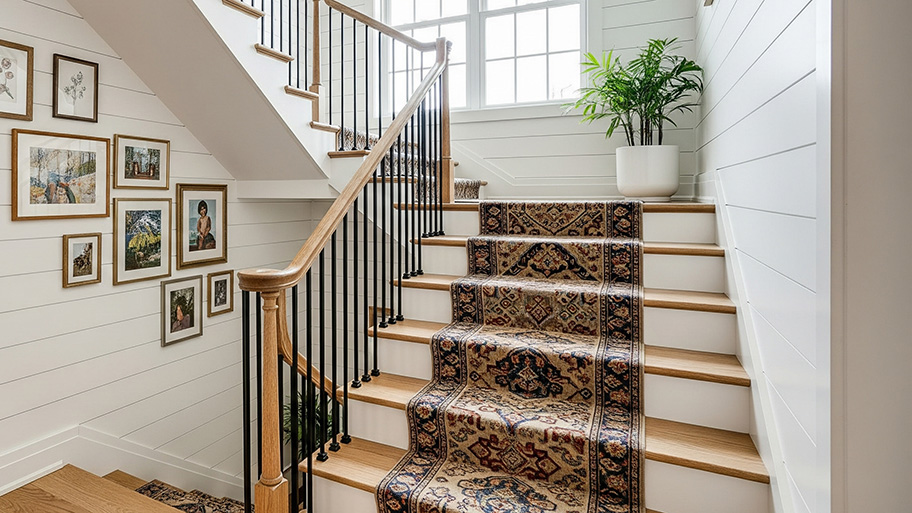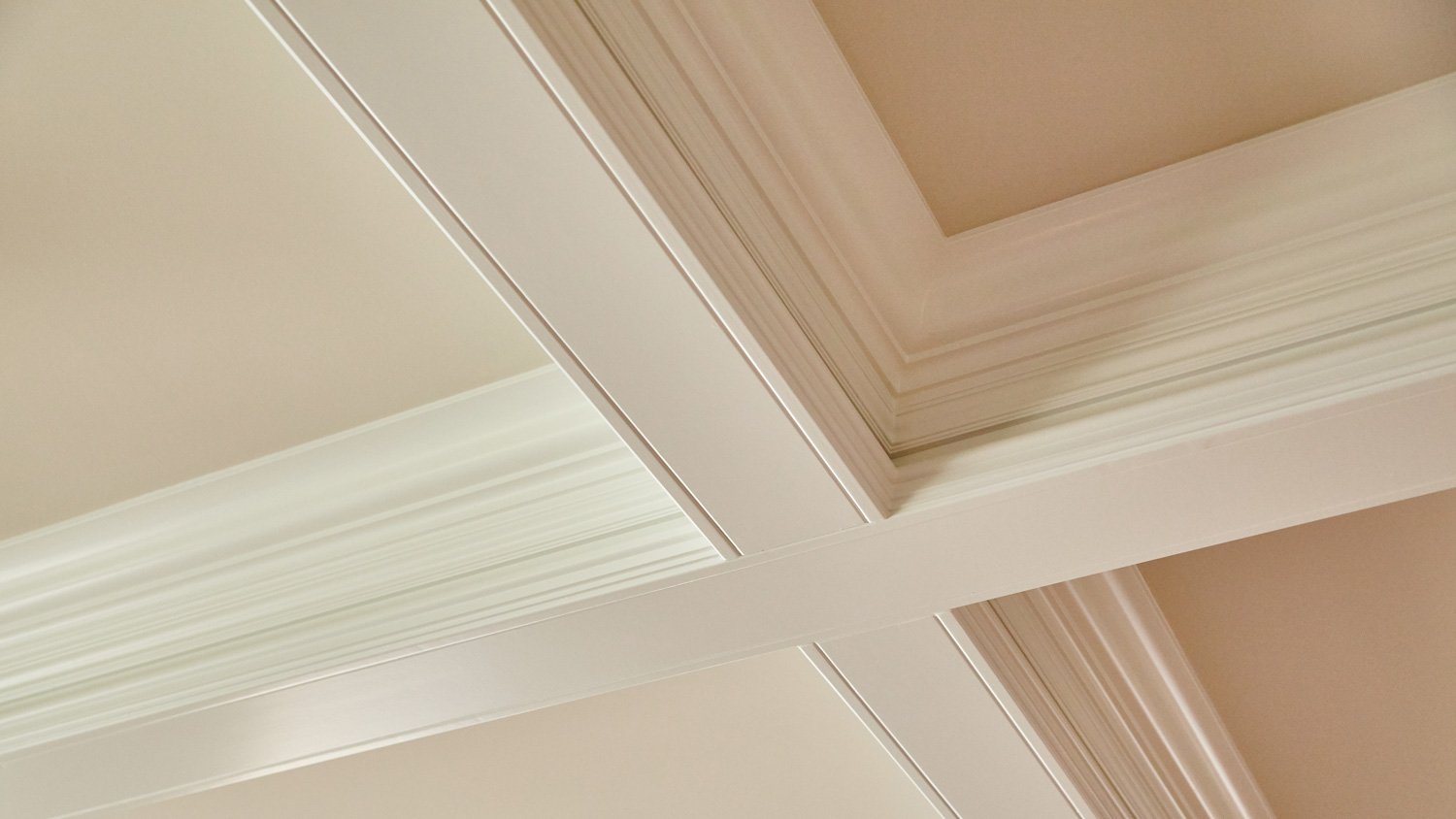
Discover stair repair cost estimates, including average prices, key cost factors, and tips to help you budget for your stair repair project.
A caulking gun is one of the handiest tools in your arsenal


Anyone can learn how to use a caulk gun to waterproof and seal corners, gaps, and edges around their home. However, it’s easy to make beginner’s mistakes. The best way to apply caulk is with a caulk gun and your finger. Follow the steps below to seal like the pros.
Caulking is a very simple DIY home improvement task that anyone at any experience level can take on. However, it may require some practice to learn how to apply caulk evenly without making a mess.
It takes approximately 30 minutes to complete basic caulking jobs (bathtubs, windows, etc). Total project time will increase depending on the size and difficulty of the project.
A tube of caulk is very affordable at $3 per tube, though the price can increase depending on type, color, and brand. The total project cost increases if you need to purchase a caulking gun. Manual options cost anywhere between $15 and $50 while powered guns run between $50 and $250.
Rubbing alcohol
Washcloth
Caulk tube
Utility knife or scraping tool
Empty spray bottle
Caulk gun
Follow the five simple steps below to learn how to seal any corner in your home.

Caulk will stick to any surface as long as there’s no dust, grime, grease, or old caulk.
Start by removing existing caulk with a utility knife or other scraper tool of your choice. Then, wipe the area clean with a fresh cloth and rubbing alcohol. Let the alcohol dry completely before applying caulk.
Now it’s time to prep the caulk tube.
Use scissors to cut off the caulk tube nozzle tip at a 45-degree angle. This will help the nozzle glide across corners for a smooth and even application. Keep in mind that cutting closer to the nozzle tip makes a smaller hole for caulking areas such as sink and countertop edges. Cutting further down from the tip creates a larger hole for bigger jobs including windows and doors.
You’ll need to puncture the seal inside the nozzle to get the caulk out of the tube. Most caulk guns have a long pointed metal needle attached to the side for this purpose. You can also use a clean nail or metal hanger.

To load the caulk gun, release the plunger mechanism in the back of the gun and pull it out. This will create space inside the gun for the caulk tube. Place the tube in the gun base end first with the nozzle pointed outwards.
Rotate the back of the gun until you begin to feel resistance as you turn. Test the trigger by squeezing it a few times until the caulk starts to slowly creep out of the nozzle.

To apply the caulk, gently pull the trigger and apply steady pressure to lay a bead of caulk along the entire length of the corner or surface you’re sealing.
Be careful to not apply too much caulk. Too much will cause the caulk to get messy and attach to surrounding areas. On the other hand, not enough caulk will create gaps and won’t effectively seal the area.

Clean up and smooth out the caulk by applying moderate pressure with your index finger and running it along the caulked edge or corner. You can also use a damp towel instead of your finger for this step.
Pro tip: Spray rubbing alcohol around the entire area first so the caulk doesn’t stick to any other surfaces during this step.
The most common uses for caulk at home include:
Around windows and doors to prevent drafts
Around tubs and showers to prevent water damage
Around outdoor outlets for waterproofing
Around drywall studs for extra security
From average costs to expert advice, get all the answers you need to get your job done.

Discover stair repair cost estimates, including average prices, key cost factors, and tips to help you budget for your stair repair project.

Curious how much general contractors charge per hour? Discover hourly rates, key cost factors, and tips to save on your next home project.

Brick walls can add character and elegance to interior and exterior spaces. Use this brick wall cost guide to see the price range for adding one to your home.

Deciding between using cedar vs pressure-treated wood for your outdoor project comes down to budget, appearance, durability, maintenance, and other factors.

Not sure what the difference is between coffered and tray ceilings? Learn the key distinctions in design, cost, and benefits to decide which ceiling style is best for your home.

Designing and building dormer framing may not be a DIY task, but it does help to know how the addition takes shape. Here are the ins and outs of dormer framing.